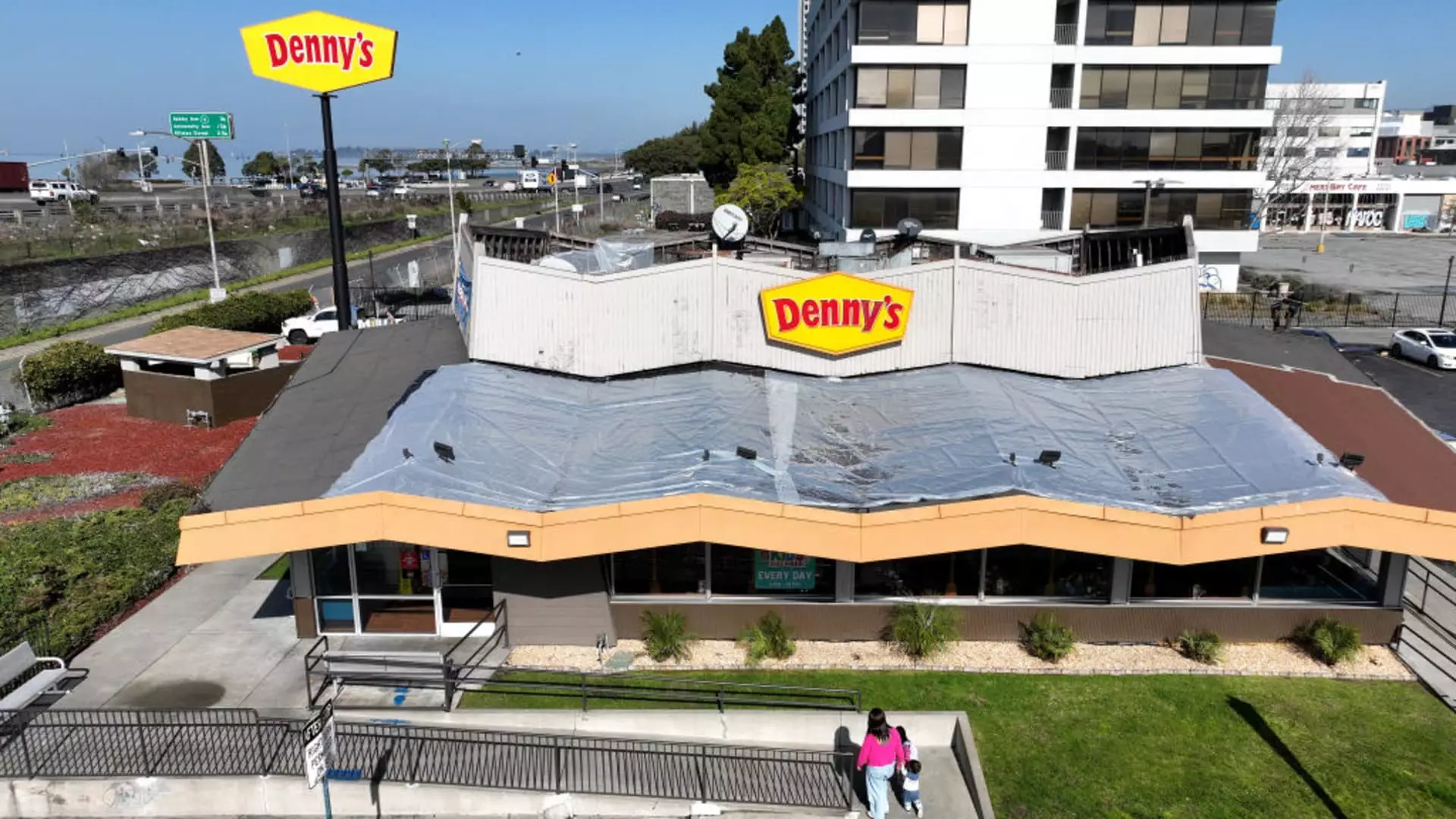The restaurant industry has experienced another tumultuous year, with numerous chains wrestling with declining sales, shifting consumer preferences, and rising operational costs. The repercussions of these challenges have led many establishments to close their doors, forcing a restructuring that reflects the changing dynamics of dining out. This article delves into the factors behind these closures, identifies key players in the industry, and discusses their efforts to adapt to a recovering market.
In 2024, the U.S. restaurant industry faced unprecedented economic pressures that catalyzed a decline in overall restaurant visits. Heightened inflation made consumers increasingly cautious about their discretionary spending, prompting them to seek not only value but also discounts when deciding to dine out. Research from industry analyst Black Box Intelligence indicates a notable drop in restaurant patronage during the first ten months of the year, as consumers tightened their wallets and prioritized essential expenditures over eating out.
This retrenchment in consumer spending significantly impacted revenue streams, resulting in a surge of bankruptcies across the sector. In a stark contrast to the pandemic-induced closures of 2020, a staggering 26 restaurant companies filed for Chapter 11 bankruptcy protection in 2024. This figure exemplifies a worrying trend, particularly for casual dining chains that have historically relied on stable patronage, highlighting an ongoing struggle to adjust to post-pandemic realities.
The casual dining segment, once king over American culinary choices, appears to be losing its luster. Changes in consumer preferences, particularly the rise of fast-casual chains like Chipotle and Sweetgreen, have eroded the customer base of traditional casual dining establishments. Diners now favor the appeal of high-quality, quick-service options, leading to an uphill battle for chains that once thrived on sit-down meals.
Part of this consumer shift includes a growing demand for healthier options and faster service, attributes often associated with fast-casual establishments. The consequences are profound, as many casual dining chains have reported dismal performance, struggling to attract foot traffic or retain loyal customers.
Several prominent restaurant chains have recently announced closures in response to these challenges. Wendy’s, for example, has committed to shutting down 140 underperforming locations, having already closed 80 establishments earlier in the year. This move is part of a larger strategy to eliminate outdated venues and streamline operations, ultimately aiming for a balanced overall footprint by opening new locations alongside closures.
Similarly, Dine Brands, the parent company of Applebee’s and IHOP, has initiated plans to shut down 25 to 35 Applebee’s locations. This reflects a broader trend within the company, which has repeatedly closed more locations than it has opened since 2016. As Applebee’s experiences six consecutive quarters of same-store sales decline, closures mark a desperate attempt to stabilize operations.
Denny’s, another player in the casual dining category, closed about 50 locations this year and has plans to shutter an additional 100 by the end of 2025. By focusing on underperforming sites, Denny’s hopes to enhance performance metrics and rebound with an annual growth of 45 to 50 new openings post-restructuring.
Furthermore, the well-known seafood chain Red Lobster permanently closed over 120 restaurants in 2024, a significant contraction that underscores the battle against diminishing store performance. The company, which entered bankruptcy during an effort to restructure, now faces an uncertain future but hopes to stabilize and re-establish its market presence moving forward.
Despite these closures, restaurant chains are not completely resigned to dwindling pathways. Many are reassessing their operational strategies and focusing on innovation to attract customers back. For instance, Noodles & Company is revamping its menu to entice customers with revamped offerings while also closing about 20 locations to improve its financial standing.
Furthermore, companies like Bloomin’ Brands, which operates popular franchises including Outback Steakhouse, are critically evaluating their older locations. The parent company announced the closure of 41 underperforming restaurants, aiming to rejuvenate its business model while grappling with stagnant sales in a shifting market environment.
As the restaurant industry continues to navigate these complexities, the prospect of recovery hinges on adaptability and a renewed understanding of consumer preferences. Chains must innovate, apply more effective cost management practices, and potentially embrace a more direct engagement with their customer base to foster loyalty. Only then might they reclaim the dining populace’s trust and appetites in a post-pandemic world.

